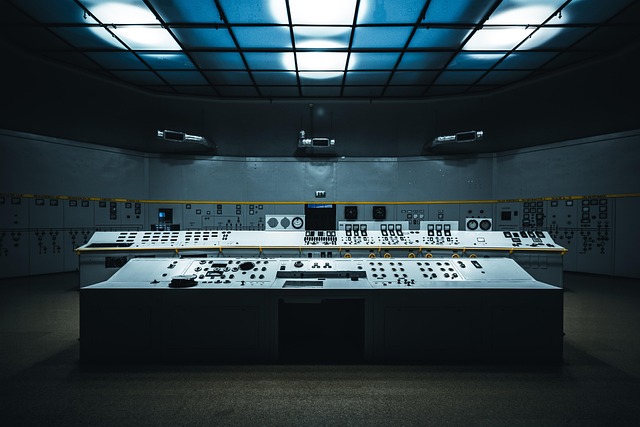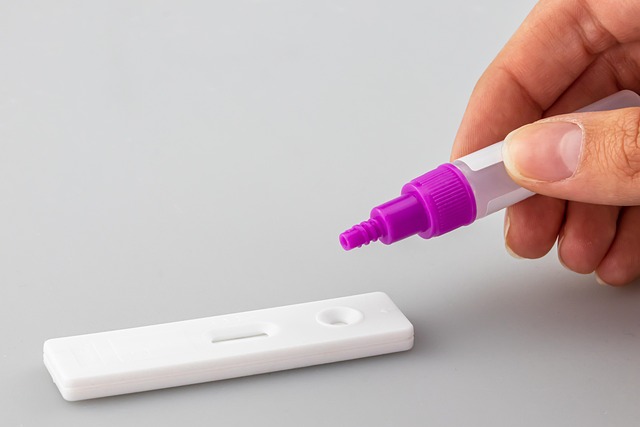The integration of robot control systems using artificial intelligence (AI) and automation is setting the stage for a transformative era in business robotics. As industries evolve, the demand for more intelligent and efficient robotic solutions continues to rise. By leveraging advanced technologies, businesses are not only streamlining operations but also enhancing accuracy and reducing operational costs.
At the heart of this revolution lies the concept of robotics—a field that combines mechanical engineering, electrical engineering, and computer science to create machines capable of carrying out tasks autonomously or with minimal human intervention. Modern businesses are increasingly relying on robots to perform repetitive tasks such as assembly line work, quality control, and even complex surgeries in the medical field. The precision and reliability of these robots enable companies to enhance productivity and deliver higher quality products to consumers.
But what truly sets apart today’s robotics is the infusion of artificial intelligence. AI equips robots with the ability to learn from their environments, adapt to changes, and make decisions based on vast amounts of data. For instance, machine learning algorithms allow robots to analyze previous performance metrics and optimize their operations accordingly. This capability leads to improved outcomes, such as reduced errors and increased throughput—driving a competitive edge in various sectors.
Moreover, with the advent of automation, businesses are witnessing remarkable transformations in workflow management. Automated systems simplify the robot control process, allowing for greater scalability and coordination across operations. Businesses can now deploy fleets of robots that communicate with one another in real time, optimizing their activities through effective task assignment and resource allocation. This interconnected system not only enhances efficiency but also minimizes downtime, ultimately contributing to higher profit margins.
As we embrace this technological evolution, it’s essential to acknowledge the human element in the equation. While robots and AI systems significantly enhance operational efficiency, they also free up human workers from mundane tasks, allowing them to focus on more strategic and creative endeavors. The Future of work will likely encompass a collaborative approach where humans and robots coexist, each complementing the other’s strengths. This synergy is key to unlocking new levels of innovation and productivity within the business landscape.
In summary, the mastery of robot control through AI and automation is reshaping the way businesses operate, fostering an environment where efficiency and innovation thrive. By investing in advanced robotics and embracing intelligent automation solutions, organizations position themselves not just to keep pace with competitors, but to lead the way into a future characterized by technological advancement.




